For this entry I wanted to look at an architect that takes parametric design methodology into high detail in her architectural designs as well as interpretive work. The Parametric Space Exhibition brought together by Zaha Hadid Architects and motion designers, Wahlberg. These ceiling embedded mechanisms move both physically and with their illuminance patterns according to the movement of those entering the exhibit. The information of those moving through the exhibit are taken from two laser scanners in the room. This information is then translated into parabolic motion in large cylinders driving the motion of the ceiling membrane which also corresponds to the RGB light reaction to the different heights and movements of the cylinders. The light is emitted in particle form, implying a sort of mesh to point grid algorithm that transcribes a motion, project it onto a mesh grid, then maps points onto key intersecting regions.

(The image above shows how the different mechanisms in the ceiling react in light to the visitor.)
The software and algorithms utilized in the project are not entirely specified. However, I believe it is a combination of grasshopper script mapped onto a 3D parabolic generated model in Rhino.
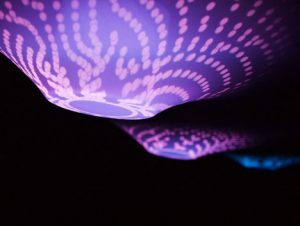
(The RGB particle light show is mapped onto the membrane of the ceiling.)
For more information:
https://www.archdaily.com/396923/parametric-space-zaha-hadid-architects-kollision-cavi-wahlberg
![[OLD FALL 2018] 15-104 • Introduction to Computing for Creative Practice](../../../../wp-content/uploads/2020/08/stop-banner.png)


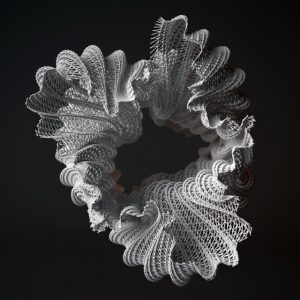
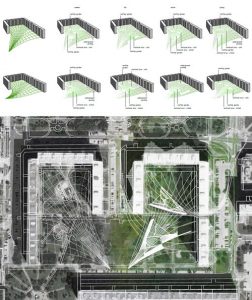

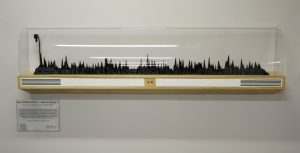


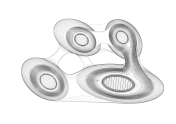
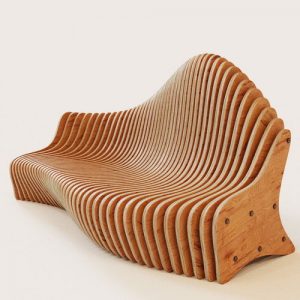
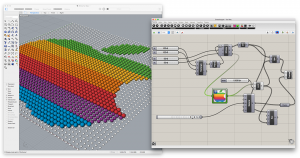
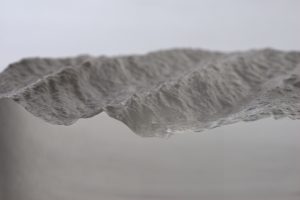
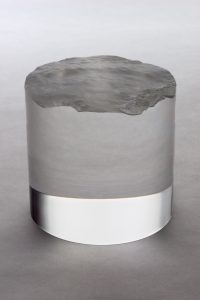
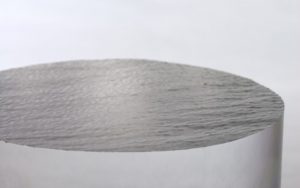
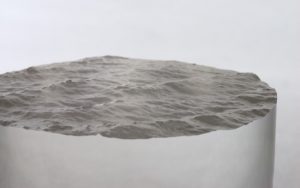
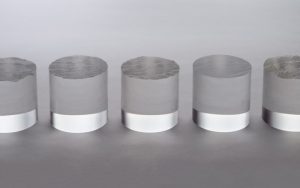 This work was created by David Bowen over a course of a few days which involved a drone running ArduPilot software; it hovered 30 meters above Lake Superior and captured still images of the water’s surface. The surface ripples changed every time the weather was different and Bowen captured these images and converted them into three-dimensional displacement maps. The information was carved with a CNC router into a series of transparent acrylic cylinders.
This work was created by David Bowen over a course of a few days which involved a drone running ArduPilot software; it hovered 30 meters above Lake Superior and captured still images of the water’s surface. The surface ripples changed every time the weather was different and Bowen captured these images and converted them into three-dimensional displacement maps. The information was carved with a CNC router into a series of transparent acrylic cylinders.